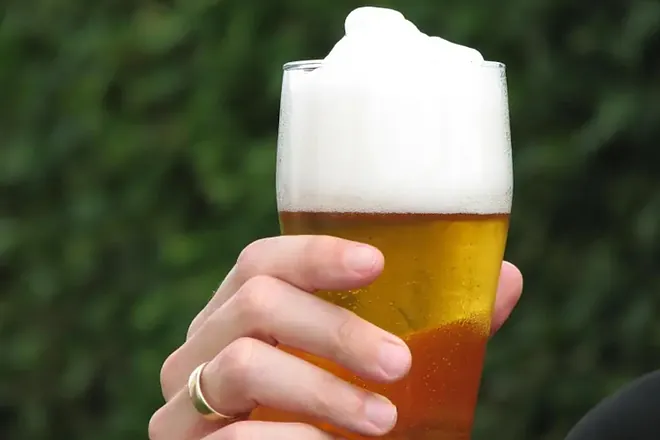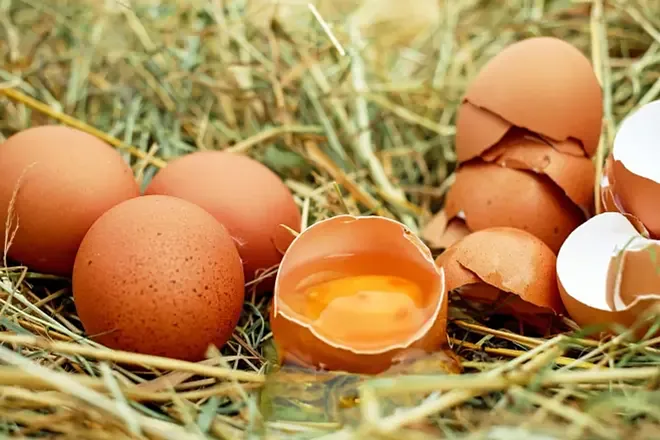- Beer foam preserves flavor, aroma, and carbonation.
- Foam stability comes from malt proteins, hops, and CO₂.
- Different cultures treat foam with unique traditions (Germany, Czech Republic, Belgium, Japan).
- Proper pouring technique is crucial for the right foam balance.
- Myths about foam being wasteful or unnecessary are false — it’s an essential part of beer.

When you picture a perfectly poured beer, chances are the creamy white foam sitting proudly on top comes to mind. Many see it as decorative, or even an obstacle to more liquid in the glass, but experts argue the opposite: beer foam is a vital part of the drink’s chemistry, preservation, and experience.
In this deep dive, we’ll explore the science, benefits, cultural significance, pouring techniques, and misconceptions surrounding beer foam — and why it deserves more respect than it often gets.
Why Beer Foam Matters
While foam doesn’t directly add nutritional value, it plays a multifaceted role in beer’s freshness, texture, and flavor perception.
Key Benefits of Beer Foam
- Acts as a protective layer
- Shields the liquid from oxygen.
- Prevents oxidation and aroma loss.
- Preserves carbonation
- Traps CO₂ inside the beer.
- Keeps the beer lively and refreshing until the last sip.
- Enhances aroma release
- Bubbles act as tiny carriers of volatile compounds.
- Helps the drinker detect subtle flavors like citrus, spice, or roasted notes.
- Improves mouthfeel
- The creamy texture creates a smoother entry on the palate.
- Signals craftsmanship
- Stable, consistent foam is a hallmark of well-brewed, high-quality beer.
The Science of Foam: What It’s Made Of
Foam forms from a delicate balance of beer ingredients and brewing techniques.
Core Elements of Beer Foam
| Component | Contribution to Foam |
|---|---|
| Malt Proteins | Provide body and structure; help bubbles stay intact. |
| Hop Compounds (iso-alpha acids) | Stabilize foam, preventing collapse. |
| Carbon Dioxide (CO₂) | Creates bubbles during fermentation and pouring. |
| Lipids & Oils | Naturally weaken foam (why greasy food kills head retention). |
The foam’s stability depends on how these components interact. A brewer’s choice of malts, hops, and fermentation process directly affects how long the foam lasts and how thick it looks.
Types of Beer Foam
Not all foam is created equal. The style of beer, pouring method, and even glass shape influence its texture and longevity.
Common Foam Variations
- Thick, creamy head – Seen in stouts and porters, thanks to nitrogen or higher protein content.
- Light, airy foam – Common in lagers and pilsners, with small but quickly dissipating bubbles.
- Persistent mousse-like foam – Belgian beers (like Tripels) often showcase this, due to higher carbonation and specialty malts.
- Minimal foam – Some sour or high-alcohol beers naturally produce less stable heads.
Each foam style adds to the identity and sensory experience of the beer.
Cultural Traditions Around Foam
Different beer cultures treat foam with varying degrees of reverence.
- Germany: Foam (or Schaumkrone) is seen as essential. A properly poured pilsner must have a thick, stable head — bartenders often take several minutes to pour it.
- Czech Republic: Foam isn’t just accepted — it’s celebrated. Traditional Czech pours include:
- Hladinka: Balanced pour with half beer, half foam.
- Šnyt: Small beer with more foam, often a casual or lunchtime drink.
- Mlíko (“Milk”) Pour: A glass filled almost entirely with sweet, creamy foam.
- Belgium: Wide chalice glasses are designed to support a generous foam cap, enhancing the complex aromas of Trappist ales.
- Japan: Foam machines (awa makers) are popular, producing ultra-dense foam that helps beer stay cold and carbonated longer.
These traditions highlight that foam isn’t a mistake — it’s a cultural expression of beer’s character.
The Art of Pouring for the Perfect Foam
A good pour is just as important as the beer itself. Done right, it balances liquid and foam, unlocking the beer’s full potential.
Step-by-Step Pouring Guide
- Choose the right glassware
- Tall pilsner glass for lagers, tulip for aromatic ales, snifter for strong beers.
- Clean and free of oils or detergent residue.
- Tilt at 45 degrees
- Start pouring against the side of the glass.
- Reduces initial foam overflow.
- Straighten halfway through
- As the glass fills, tilt it upright.
- This encourages a proper foam head to form.
- Target 2–3 cm (1 inch) of foam
- Enough to preserve freshness without overwhelming the glass.
Nitrogen vs. CO₂
- Nitro beers (like Guinness) use nitrogen to create smaller, denser bubbles, resulting in a smooth, creamy head.
- CO₂ beers have livelier foam with sharper bubbles, often more refreshing.
Common Myths About Beer Foam
Despite its importance, beer foam is often misunderstood. Let’s debunk a few persistent myths.
Myth 1: Foam is Wasted Beer
- Reality: Foam collapses back into liquid. Plus, it prevents beer from going flat too quickly.
Myth 2: Less Foam Means More Value
- Reality: A beer without foam goes flat faster, loses aroma, and often signals poor pouring technique.
Myth 3: Foam is Just Decoration
- Reality: It protects beer from oxidation, enhances aroma, and improves mouthfeel.
Myth 4: Foam Makes You Bloated
- Reality: It’s not the foam but the carbonation (CO₂) in the liquid that can cause bloating. Foam actually helps release some CO₂ before you drink.
Practical Tips for Enjoying Beer Foam
- Don’t scrape it off: Removing foam strips away the protective layer.
- Mind the glass: Oils, lipstick, or dirty glassware kill foam fast.
- Pair carefully: Foods high in fat (like fried snacks) can reduce foam stability.
- Experiment with styles: Notice how different beers create different foam textures and how they affect aroma.
Foam as a Quality Indicator
Brewers often judge their craft by the foam’s persistence. A beer that forms a lasting, attractive head usually signals:
- Balanced protein content in the malt.
- Proper hop usage for foam stability.
- Controlled fermentation and carbonation.
- Clean glassware free of residue.
In competitions, judges even score beers partly on appearance and foam quality.
Beer foam is not an afterthought. It’s chemistry, culture, and craft rolled into one creamy crown. From protecting freshness to unlocking hidden aromas, foam shapes the beer experience in ways most drinkers overlook.
So next time you raise a pint, pay attention to that frothy layer. It’s more than just decoration — it’s a sign of brewing mastery, cultural tradition, and a better-tasting beer.






